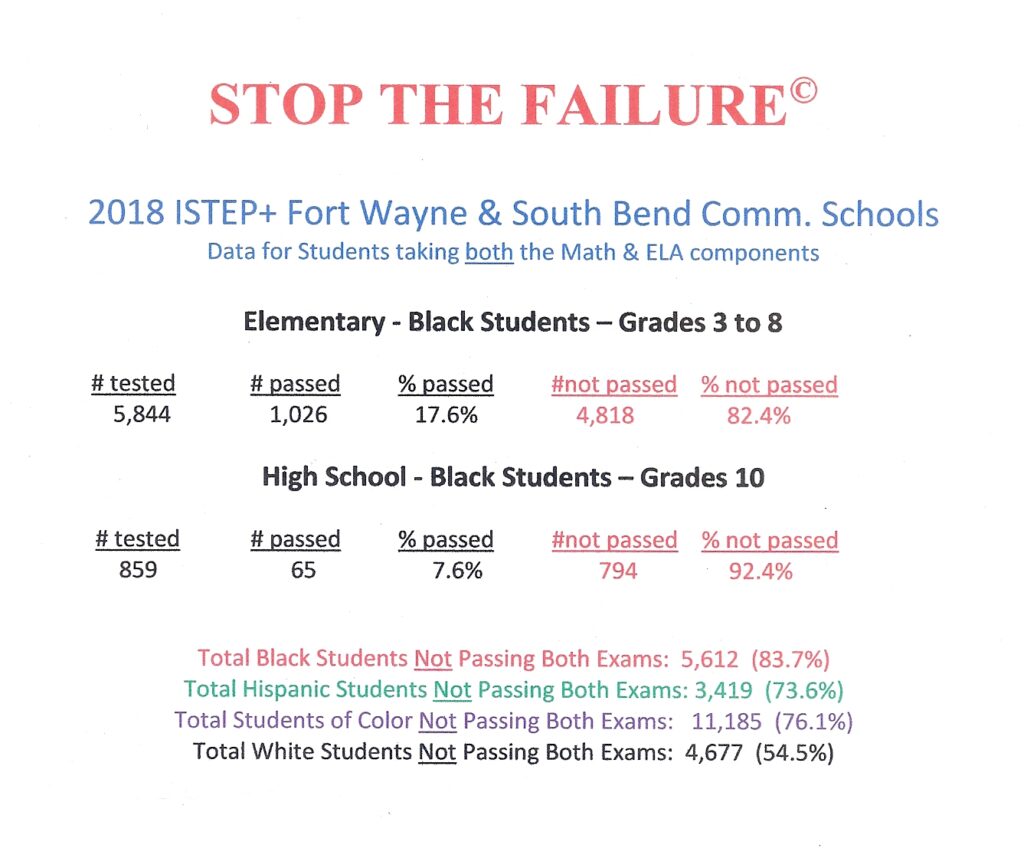One of the most important questions in organizational management and leadership is “who exists to serve whom?” In every organization and in every supply chain, everyone must know whom they exist to serve. They must also know on whom they rely because in addition to serving our customers, whether internal or external, we must also recognize the people on whom our success depends.
That recognition enables us to provide affirmation to the people who are important to us, whether in our workplace or in our private lives. It is, I believe, a universal truth that each of us requires affirmation from the people in our lives.
One of the underlying assertions and assumptions in Education Reimagined, One Success at a Time: The Hawkins Model©, my book-in-process, is:
“The value of everything in life is a function of the quality of our relationships with the people in our lives.”
There is no place where these principles are more essential than in education—in our schools and classrooms.
Everyone working in education exists to serve society because the future of our society is contingent upon the quality of the education we provide to our children.
Children are our society’s most valuable resource—all children, not just a fortunate few—so it follows that everything we do must serve the best interests of our children.
This makes the job of teachers, other educators, their leaders, and all the people who support them—who serve them—among the most important jobs in all of society. Our children are the foundation on which all our futures depend.
Another of my assertions and assumptions, is that:
“Education is the intellectual and cultural infrastructure of America.”
It is the most important of all investments our government and its citizens will make.
When we speak of education, we must understand that it is comprised of three components:
- The education system
- Its people
- The education process.
We define the education process as “the way we structure, organize, task, staff, resource, and evaluate the performance of our schools and classrooms.”
It helps if we understand that the education process is a logical construct with which we conduct our mission and purpose. Like a manufacturing, assembly, or service-delivery process, or even a software application, the education process is the tool we provide to our people to fulfill their mission and purpose which is to make certain that every one of our nation’s children learns as much as they are able at their own best speed so they will have meaningful choices in life and will fulfill the responsibilities of citizenship.
“Learning is the only thing that counts and that should be counted.”
Is yet another of our assertions and assumptions.
To achieve this mission and purpose we must provide our teachers with an “education process” of sufficient quality and capability to meet the needs of a diverse population of children with a cavernous disparity in the levels of academic preparedness and emotional development that they bring with them when they arrive at our door for their first day of kindergarten.
The book you are about to read should be viewed as a strategic plan designed to fulfill this mission and purpose. Before we begin, let us present our biases for all the world to see.
The problems in education in America and the unacceptable outcomes of so many of our nation’s children—particularly children of color, who are poor, or for whom English is a second language, and millions of others—are not because our nation’s teachers are incapable of teaching. It is my assertion that teaching is one of the most essential jobs in all of society and that our teachers are responsible for all the good things that happen in our schools.
Teachers are unsung American heroes who deserve our respect, admiration, and support. Blaming teachers for the problem in our schools is like blaming soldiers for the wars their nation asks them to fight.
We will also show that the problem is not that our children are incapable of learning. A child’s brain is the most remarkable organic matter in the universe and nature has programmed it to soak up the world into which it is born. Just as teachers can only do as much as the education process enables them to do, a child’s brain can only learn what we give it the opportunity to learn.
Although they do not yet recognize this work as such, I am offering it as a gift to teachers. I have designed The Hawkins Model© to enable teachers to enjoy the satisfaction of a job well done, recognizing that they can only experience it when their students experience success in learning and are reaping the rewards that only an education of that quality can create.
My request to readers of this work is to read it not in search of reasons why it might not work but rather to imagine what it would be like for teachers to teach and children to learn in such an innovative and adaptive environment. Please open your hearts and minds to imagine a new way of thinking about education.
Remember, anything humankind can imagine human beings can do.
provide affirmation, affirmation, the quality of our relationships, Education, our schools and classrooms, quality of the education we provide to our children, best interests of our children, the job of teachers, teachers, intellectual and cultural infrastructure, The education system, education process, mission and purpose, our nation’s children, responsibilities of citizenship, diverse population of children, academic preparedness, emotional development, first day of kindergarten, kindergarten children of color, problem in our schools, child’s brain, innovative and adaptive,


